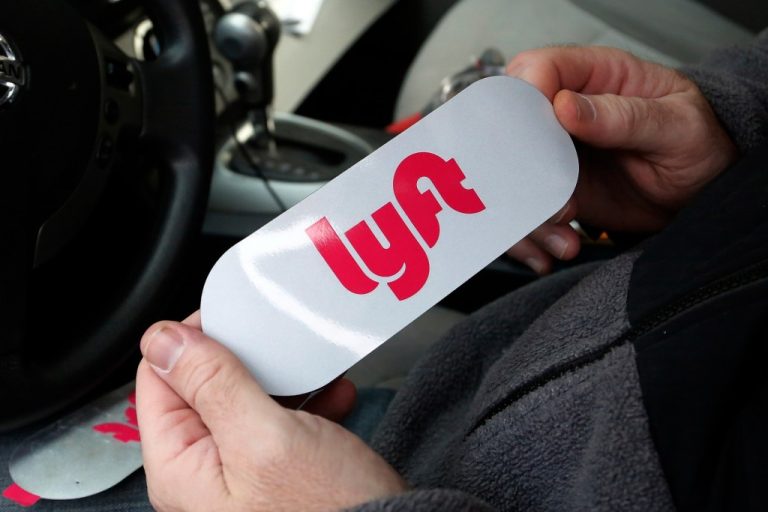
The need for adequate capital for individuals and businesses is paramount. Capital can be accessed in the form of a loan from a bank or a non-banking financial company (NBFC). Loans are primarily of two kinds — unsecured and secured loan.
A secured loan is a type of loan which is provided in return for an asset. The financial institution holds the borrower’s asset as security against the non-repayment of the loan. On the other hand, banks also offer loans without any collateral. Unsecured, or collateral-free loans, are sanctioned after taking into account various factors like the creditworthiness of the borrower. From a lender’s perspective, unsecured loans carry more risks than a secured loan.
Featured Partners
1
Aditya Birla Personal Loan
Processing Fee starting
2% + GST
Features
Minimum Documentation, Easy Online Application and Low Interest Rates
The two main differentiating factors between unsecured and secured loans are:
While the interest rate varies from lender to lender, unsecured loans have a higher interest rate than secured loans. Unsecured loans are relatively riskier for the lender and higher interest rates help in offsetting the risk at a faster pace.
Since lenders do not ask for collateral while offering an unsecured loan, they try to accumulate as much data as possible on the creditworthiness of the borrower. A host of data points are analysed before an unsecured loan is sanctioned and hence, borrowers require a strong credit profile to avail a loan. Some lenders offer an unsecured loan even to individuals with low credit scores, but the interest rate is significantly higher.
Types of Unsecured Loans Based on Tenure and Repayment
A young population and economic mobility have led to a surge in demand for unsecured loans. The variety of loans on offer is one of the primary drivers of demand for unsecured loans. For instance, an unsecured loan can be availed for activities ranging from education and marriage to agriculture and business.
They are categorized into three broad types:
Revolving loans
It is a type of financial instrument that allows borrowers to withdraw an amount, repay it and withdraw again. A revolving loan assigns a credit limit to the borrower and they are free to borrow as many times as required without exceeding the limit. It is a flexible loan that can be utilised and rapid multiple times during the tenure.
For instance, individual ABC avails a revolving loan of INR 1 lakh for two years. In the two-year tenure, the amount outstanding with ABC cannot exceed INR 1 lakh. ABC can withdraw the entire INR 1 lakh in a day and repay INR 50,000 in a month. She will be eligible to receive INR 50,000 again after the repayment.
At the end of the tenure, the borrower has to repay the outstanding amount along with the interest. This type of unsecured loan is ideal to take care of working capital needs or a temporary cash crunch. The borrower does not have to stress over fixed repayment schedules. Generally, revolving loans have variable interest rates.
Term loans
Revolving loans provide the flexibility of payment to borrowers. Term loans are the exact opposite. In contrast to revolving loans, term loans have a fixed interest rate and tenure. Individuals in need of funds for fixed assets or to make long-term investments should opt for term loans.
Consolidation loan
The easy availability of finance can lead to an accumulation of loans. Many people opt for a consolidation loan to repay accumulated loans. As the name suggests, a consolidation loan helps in the consolidation of existing loans.
Types of Unsecured Loans Based on Utilization
The categorisation of unsecured loans can be finetuned on the basis of the end-use.
Wedding loan
A wedding is an important milestone in most people’s lives. Getting a child married can take up the bulk of one’s savings. A wedding loan is a flexible financial instrument that can be used to take care of wedding-related expenses.
Vacation loan
A variety of loans are packaged as vacation loans. A term loan can be availed to finance the entire trip. For expenses like shopping and eating, a revolving loan will be more suitable. A credit card can also be used for vacation expenses.
Home renovation loan
One can utilise a home renovation loan to alter the appearance of their house. While a home renovation loan allows a number of acquisitions and modifications, one is not allowed to buy furniture and appliances.
Top-up loan
Sometimes borrowers require an additional amount over an existing loan. The additional amount is called a top-up loan. In the case of a top-up loan, borrowers club the pre-existing loan and the additional loan into one and the borrower has to pay a single monthly instalment in the place of two separate payments.
Bridge loan
Bridge loans have been designed to take care of short-duration fund requirements. The tenure of bridge loans is generally less than one year.
Consumer durable loan
In the digital world, gadgets and appliances have become a necessity. A consumer durable loan helps in the purchase of gadgets or appliances. While many lenders provide a term loan for consumer durables, some also offer revolving credit, with the buyer having the freedom of overutilization and repayment of the funds.
Business loan
Many lenders offer loans to finance businesses in helping them invest in infrastructure or take care of working capital needs. A business loan is akin to a revolving loan, only the outstanding amount attracts interest. There are multiple mediums of providing financing to businesses, receivables financing is one of the most common.
Receivables financing
Some businesses run completely on cash sales while others have to contend with long credit cycles. If a business suddenly has to offer credit to a large number of customers simultaneously, how is it supposed to run smoothly? It will need capital to operate.
One option is to opt for a business loan, but the processing of business loans takes time and the applicant may also have to provide collateral. Rather than obtaining a business loan, many businesses opt for trade receivables financing.
The total amount outstanding that a company has billed for products and services but have not received the payment yet is known as account receivables. When a lender utilises the account receivables of a company to provide unsecured financing, it is known as trade receivables financing.
There are two ways to get trade receivables financing:
- Factoring: This is a globally accepted way of trade receivables financing. Businesses sell the complete receivables account to factoring companies to raise capital. The factoring company pays the business upfront and gets the ownership of the trade receivables account. The risk of default shifts to the financier along with the ownership of the trade receivables account.
- Invoice discounting: In contrast to factoring, the ownership of the trade receivables account rests with the business in case of invoice discounting. The financier uses the account receivables as collateral to provide the required funds to the business. The amount disbursed is generally lower than the outstanding amount of the account receivables.
Featured Partners
1
Aditya Birla Personal Loan
Processing Fee starting
2% + GST
Features
Minimum Documentation, Easy Online Application and Low Interest Rates







